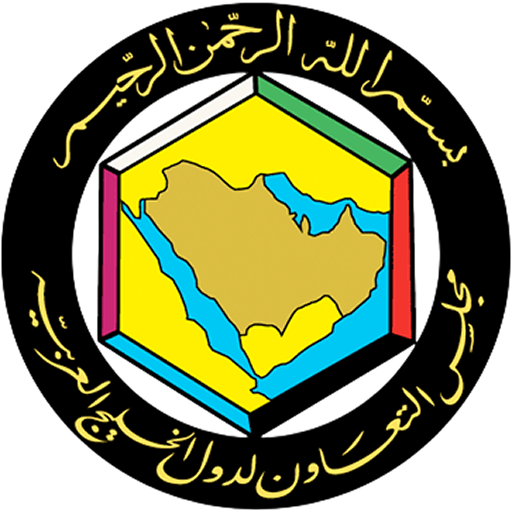Extended Reality (XR) is a buzzword that has been making waves in the tech world recently. It encompasses virtual reality (VR), augmented reality (AR), and mixed reality (MR), offering users a truly immersive experience that blurs the lines between the physical and digital worlds. XR technology is revolutionizing the way we interact with digital content, opening up new possibilities for entertainment, education, training, and more.
One of the key benefits of XR technology is its ability to transport users to new and exciting worlds. With VR, users can put on a headset and find themselves in a completely different environment, whether it be the depths of the ocean or the surface of Mars. This level of immersion can be incredibly powerful, allowing users to experience things that would otherwise be out of reach.
AR, on the other hand, overlays digital information onto the real world, enhancing our perception of our surroundings. This technology has countless applications, from navigation and gaming to interior design and remote assistance. MR combines elements of both VR and AR, creating a seamless blend of the physical and digital worlds. This technology has the potential to revolutionize industries such as healthcare, architecture, and engineering by allowing professionals to visualize and interact with complex data in a more intuitive way.
As XR technology continues to advance, its impact on society is becoming more apparent. In the entertainment industry, VR experiences are becoming increasingly popular, offering users a new way to consume media. From interactive storytelling to immersive gaming experiences, the possibilities are endless. In the education sector, XR technology is being used to create engaging and interactive learning experiences that cater to diverse learning styles. Students can explore historical events, visit far-off places, or even dissect virtual organisms in a safe and controlled environment.
While XR technology has the potential to revolutionize the way we live, work, and play, there are still some challenges that need to be overcome. Issues such as motion sickness, eye strain, and limited field of view can affect the user experience and hinder widespread adoption. However, as technology continues to improve and evolve, these challenges are likely to be addressed.
In conclusion, Extended Reality is a rapidly evolving technology that is poised to transform the way we interact with digital content. As XR applications become more advanced and widespread, the possibilities for innovation are endless. Whether it’s exploring new worlds in VR, enhancing our perception of reality with AR, or blending the physical and digital worlds in MR, XR technology has the potential to create truly immersive experiences that will shape the future of technology.
 :
https://www.pinterest.com/xceltec0192/
:
https://www.pinterest.com/xceltec0192/












